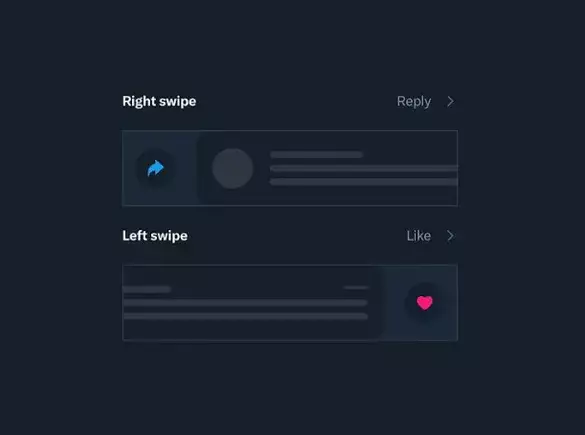In a world dominated by constant digital engagement, platforms like X (formerly Twitter) must continually evolve their user experience. Following a wave of criticism regarding its proposed redesign, X has decided to take a more measured approach towards phasing out in-stream engagement buttons. This decision reflects a deeper understanding of user needs and preferences, signaling a positive shift in the platform’s strategy.
Earlier this year, X’s owner Elon Musk announced an intention to eliminate the engagement buttons like “like,” “reply,” and view counts from posts in a bid to simplify the user interface. However, this unsettling change drew a significant backlash from users, raising concerns about usability, particularly for newcomers unfamiliar with the platform. The idea that such changes would streamline the experience was met with skepticism, as users feared it would deter interactions, making the platform less inviting. In light of these concerns, X’s latest modification can be seen as a thoughtful compromise, enabling a more user-centered design.
On October 8, X engineer May Ly revealed that iOS users could now opt-in for side-swiping functions for liking and replying to posts. This provides users with the autonomy to personalize their experience without feeling forced into any particular mode of interaction. The introduction of customizable settings, such as enabling or disabling engagement buttons and altering side-swipe actions, showcases a notable departure from X’s previous unilateral decision-making style. By allowing users to actively choose their preferred methods of engagement, X fosters a more collaborative atmosphere, which could potentially enhance user retention.
The ability to customize one’s experience is becoming increasingly crucial in a digital landscape where personalization reigns supreme. X’s latest development empowers users to control how they engage with content, making the application not just a platform for broadcasting thoughts, but a space where individual preferences are accommodated. Users can now select whether a right swipe will bookmark a post or perform some other action, allowing for an experience that reflects their unique social media habits.
Interestingly, this new feature also signifies a shift from a rigid interface to a more fluid and adaptable one. By enabling users to toggle engagement features on or off, X is attempting to balance cleaner aesthetics with intuitive functionality. This approach deviates from the outright removal of features, emphasizing instead a graceful integration where users can retain what they find useful while discarding clutter they deem unnecessary.
The hesitation to abolish engagement buttons outright highlights a critical awareness demonstrated by the X development team. The dialogue surrounding this change illustrates the importance of maintaining existing user habits while slowly introducing novel features. If users are unaccustomed to new communication styles, the risk of alienating them from the platform escalates. X’s willingness to embrace a phased approach indicates a potential for considerable growth in its user base, particularly appealing to those who are hesitant about drastic changes.
However, the question remains: will this strategy ultimately serve the platform’s long-term vision? While it’s uncertain whether X will eventually proceed with eliminating engagement buttons entirely in favor of a more minimalistic design, the current trajectory suggests a more nuanced strategy of evolution. If this opt-in feature witnesses positive reception, it could pave the way for further refinements that prioritize user feedback, fostering an organic evolution of interaction dynamics on the platform.
As X navigates its future, the very essence of its success will lie in its ability to adapt to the desires of its users while still challenging them to think differently about engagement. The current side-swiping feature serves as a case study in blending functionality with aesthetic design, providing users with a choice that enhances their experience. While the platform’s future direction may still oscillate between radical transformations and user-dictated features, X’s latest update undeniably showcases the power of collaborative evolution. Aimed at creating a more intentional and responsive user environment, this approach positions X for sustained relevance in the competitive social media landscape. Only time will tell if these modifications will solidify user loyalty or if a more drastic reshaping awaits.


Leave a Reply